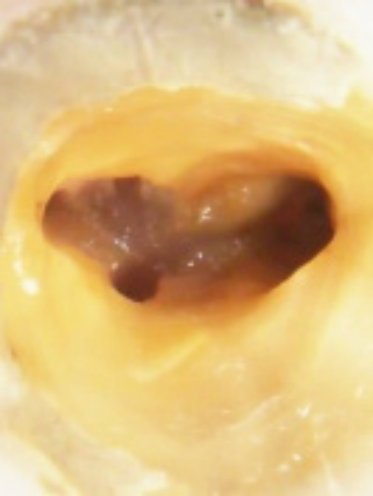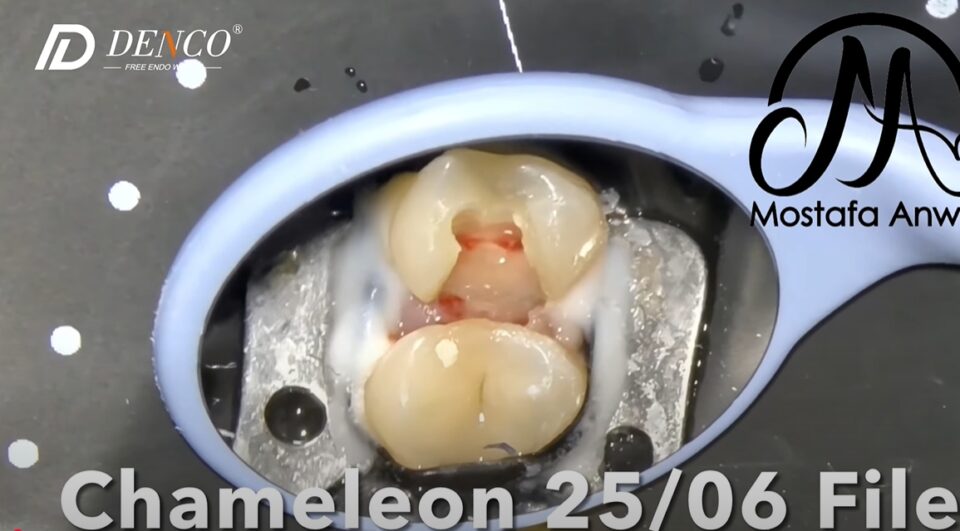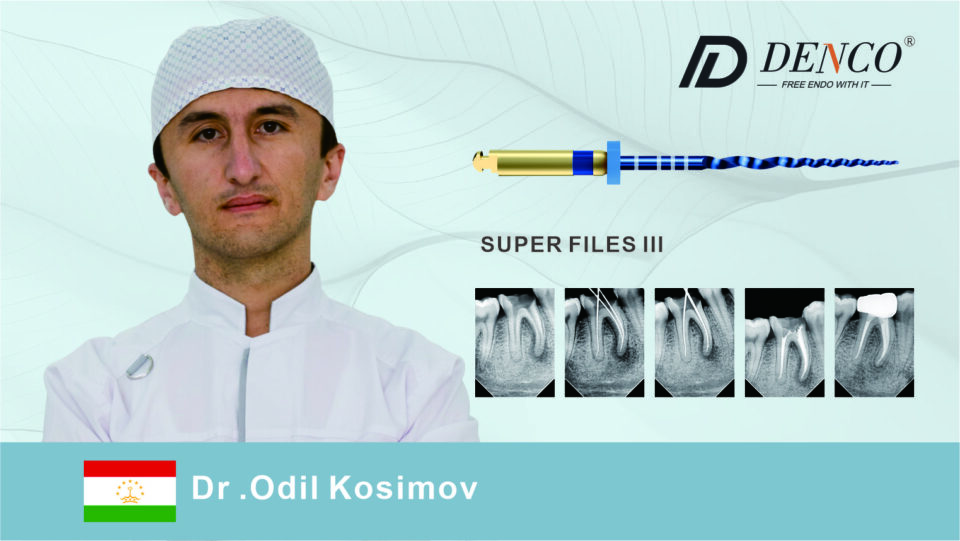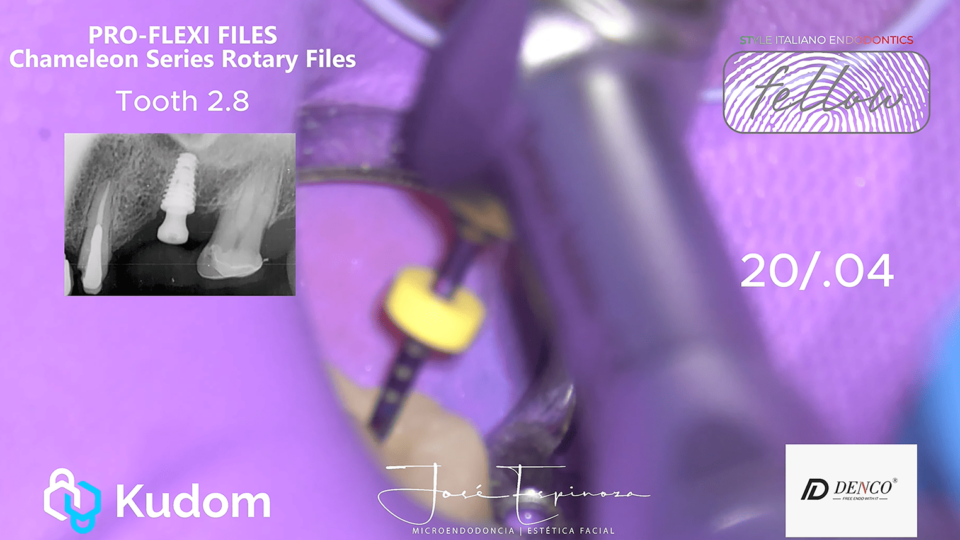Dr. Zyad Moujaes

At DENCO, we strive to produce high-quality medical instruments that empower dental professionals to achieve outstanding results. We are honored to share a detailed account of Dr. Zyad Moujaes' experience using our DENCO DUAL-Shaper Gold in a complex root canal retreatment. His comprehensive feedback underscores the effectiveness and precision of our instruments in dental procedures.
Case Overview:
A female patient was referred to Dr. Zyad Moujaes for nonsurgical root canal (NSRC) retreatment on tooth 15. The initial clinical examination and radiographic interpretation revealed an amalgam restoration, extensive caries, and incomplete obturation of the root canal system (RCS).
Procedure Details:
Step 1: Removal of Amalgam Restoration and Caries
"The first step is to remove the amalgam restoration and to remove the caries in order to check the remaining sound structure and the restorability of the tooth," explained Dr. Moujaes. This initial phase is crucial for assessing the tooth's condition and planning the subsequent steps.

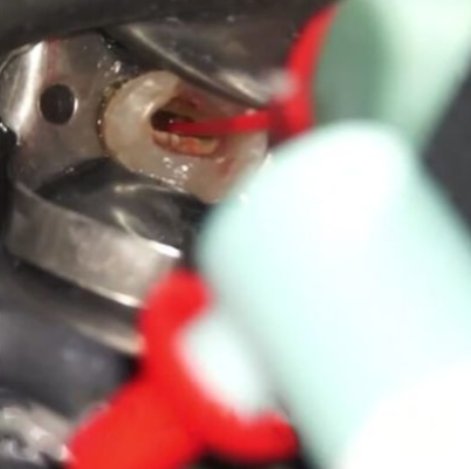
Step 2: Tooth Build-Up
"Second step is to do a build-up, in order to create four walls for better isolation and visibility," he continued. This preparation ensures that the tooth is adequately restored for the following intricate procedures.

Step 3: Root Canal Retreatment
Dr. Moujaes meticulously described the retreatment process, emphasizing the use of DENCO's DUAL-Shaper Gold:
- Removal of Old Root Canal Filling:
"Using the DENCO DUAL-Shaper Gold 25/06 at 400 RPM and torque of 2.5 N/cm, I remove the old root canal filling with light pressure in a 3 to 4 pecking motion until the file is charged with the old RC filling. Copious irrigation with 5% NaOCl is essential after each use," detailed Dr. Moujaes. This step ensures thorough cleaning and efficient removal of old materials.
- Securing Patency:
"To check patency, I use a manual K file 08. An X-ray showed the file short of the apex, indicating a curvature. Therefore, I used the blue path file (heat treated) 15/02-06 to secure a glide path," he noted. Ensuring a clear path is crucial for navigating the canal's curvature.
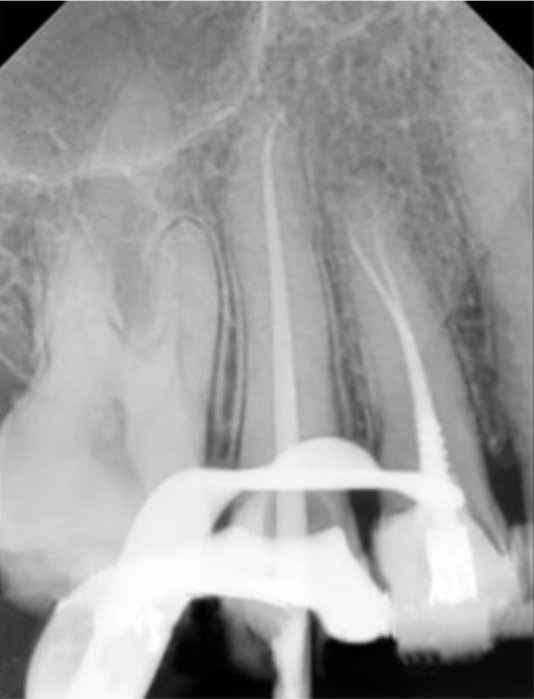
- Shaping the Canal:
"Finishing the shaping with the Gold DENCO DUAL-Shaper 25/06, I ensured the canal was properly prepared. Activation of NaOCl using DENCO's endo activator followed by final irrigation with saline completed this stage," stated Dr. Moujaes. Proper shaping and disinfection are vital for successful root canal treatment.
Final Step: Obturation
"Obturation was completed using warm vertical condensation (WVC) up to 5 mm from the working length (WL)," concluded Dr. Moujaes, emphasizing the importance of a tight seal in the root canal.
Praise for DENCO DUAL-Shaper Gold:
Dr. Moujaes commended the DENCO DUAL-Shaper Gold for its exceptional performance, highlighting key features:
- "The 3-17mm single-edge design endows the files with powerful cutting force and increases debris removal by 40%."
- "The smart and safe guiding tip, retaining the non-cutting guiding tip from 0-3mm, greatly reduces the risk of perforation and ledge formation while preserving natural teeth."
Conclusion:
Dr. Zyad Moujaes' detailed feedback showcases the precision, efficiency, and safety of DENCO's DUAL-Shaper Gold in handling complex root canal retreatments. His expert handling and thorough approach, combined with the advanced features of our instruments, ensure superior patient outcomes. At DENCO, we are committed to supporting dental professionals in delivering excellence in patient care.
The Case from Dr Georgios Tsompanides

PREPARE FOR SUCCESS WITH THE DUAL SHAPER CHAMELEON FILES
A case study by Dr Georgios Tsompanides
"A male patient was referred to Dr Georgios Tsompanides for the management of acute spontaneous pain localized to the upper right first maxillary molar (tooth 16)."
1 . Diagnosis
Following thorough clinical and radiographic examination the initial diagnosis was symptomatic apical periodontitis /initiated endodontic treatment and nonsurgical endodontic treatment 16 was recommended.
2 . Shaping the canals
The tooth was anesthetized and the root canal treatment was performed with the aid of the dental operating microscope under rubber dam isolation The initial access cavity was slightly modified to facilitate the identification and scouting of previously missed MB 2 canal. The DENCO DENTAL DUAL SHAPER Chameleon series rotary files were used for root canal preparation with the Step Down technique.
Cervical preflaring was done with the SX opener file to minimize coronal interferences. The canals were negotiated with ISO #10 K files and working length measurement was determined for each canal with an apex locator device.
Subsequently glide path was established with the 16 / 0.02 – 0.06 file. The MB1, MB2 and DB canals were enlarged to size 25 / 0. 04 ; whereas the palatal canal was enlarged to size 25 / 0.06
3.Irrigation protocol
During root canal preparation, irrigation was performed using copious amount of 3% sodium hypochlorite solution followed by 17% EDTA solution. Sodium hypochlorite solution was used for the final rinsing of the root canal system coupled with ultrasonic agitation.
4. Intracanal medication
Calcium hydroxide was placed as an intracanal medicament with a lentulo spiral and the access cavity was sealed with a temporary filling material.
5. Obturation
At the next appointment after 2 weeks, the patient was asymptomatic. The irrigation protocol was repeated, the canals were dried with absorbent points and obturated with gutta-percha and a resin-based sealer using the continuous wave of condensation technique.
The pulp chamber floor was sealed with a flowable resin composite and a temporary filling material until final crown restoration by the referring dentist.
6. Recall
The patient was asymptomatic during the subsequent follow-up period and a full coverage crown restoration was recommended to the referring dentist.
Dr Tsompanide’s opinion on DUAL SHAPER Chameleon files
"The DUAL SHAPER Chameleon Series files, due to the heat-activation and the laser coating, feature improved fatigue resistance, higher flexibility along with excellent cutting efficiency. Root canal preparation is controllable, predictable and safe. They are highly recommended for all simple and complex clinical cases."





